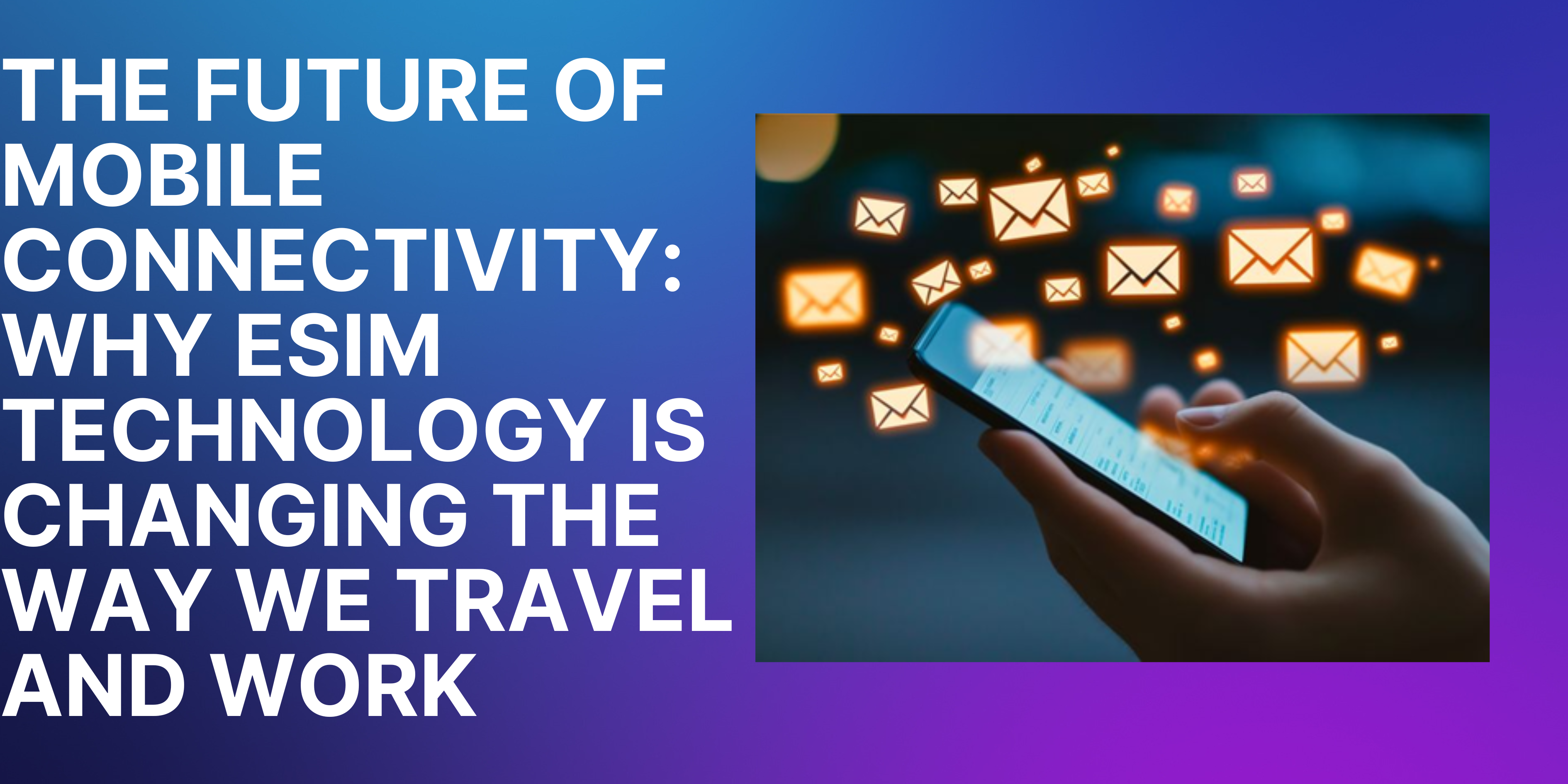Remote work and slow travel fit Japan like a glove. In most big cities, you can find coworking spaces, bullet trains that run on time, and cafés that let you use your PC. However, connectivity can be a pain, even in a country known for being efficient. Hotel Wi-Fi drops at night, cafés have captive sites that cut you off in the middle of a call, and roaming plans charge you extra for every gigabyte. It's important to have a link that you can trust and that's strong enough to carry your whole setup if your day depends on cloud apps and video calls.
That’s the role a pocket hotspot plays. With pocket WiFi Japan you bring your own private line that follows you from a Shibuya coworking desk to a mountain ryokan and onto the Shinkansen. One device powers your laptop, phone, and tablet without phone-tether battery drain or SIM-swap hassles. The result is simple: your tools stay signed in and your workflow stays intact wherever you choose to work.
Introduction
The rise of remote work has broadened what “office” means—and few places demonstrate that better than Japan. One morning you’re pushing code on a quiet train; that afternoon you’re coaching a client in a Kyoto townhouse; after dinner, you’re syncing a shared drive from a hotel balcony. The country’s transit, hospitality, and café culture naturally support a mobile routine—as long as the network holds.
Traditional connectivity options struggle with that mobility. Roaming can be costly and opaque. Local SIMs/eSIMs are fine for a single phone but awkward for multi-device days. Hotel and café Wi-Fi is convenient until everyone else logs on. Pocket Wi-Fi sidesteps all three by giving you one portable router with its own data plan that you control. It’s the closest thing to bringing your home internet with you.
Understanding Pocket Wi-Fi
A pocket Wi-Fi unit is a small, battery-powered router that connects to Japan’s cellular networks (4G today, and 5G on newer devices and plans) and broadcasts a secure Wi-Fi hotspot. Functionally, it’s like phone tethering—but built for heavy, all-day use. Dedicated hardware means better thermal performance, longer battery life, and stable multi-device sessions, so you can keep an IDE, a dozen tabs, and a video call running without cooking your phone.
Two features make pocket hotspots especially remote-work friendly. First, it supports multiple devices. Your hotspot shares the same connection with your laptop, phone, tablet, and even your teammate's laptop, if you need it. Second, there is no friction when setting up: just turn on the device, join the SSID, and you're online. No APN changes, no unlocking problems, and no eSIM transfers. That simplicity is important when your aircraft lands at 7:40 a.m. and your standup is at 9:00.
Pocket Wi-Fi also plays well with the way Japan is built. The country’s major networks—NTT Docomo, SoftBank, and au (KDDI)—deliver deep urban coverage and strong intercity continuity, which pocket Wi-Fi services tap into. For practical purposes, your “office” becomes anywhere your battery and signal hold. Independent and provider resources consistently highlight this nationwide footprint for travelers and remote workers.
Why Pocket Wi-Fi Supports Remote Work
Coverage you can plan around. Remote work thrives on predictability. By riding Japan’s major carrier networks, pocket hotspots keep Slack pings, repo pulls, and docs syncs alive on trains, in taxis, and between meetings. You’re not gambling on whatever network a venue happens to offer; you carry your own. Blog guides and provider pages emphasize how this model reduces the “hunt for Wi-Fi” tax that chews up travel days.
High-speed, stable throughput. These days' gadgets are made to handle the real work of working from home, with HD calls, collaborative canvases, big file transfers, and cloud IDEs. Most stated speeds of up to 150 Mbps down and 50 Mbps up are more than enough for code pushes, Zoom, Drive, and Figma without any stuttering or rubber-banding. Consistent uploads and reasonable latency make calls feel local and CI pipelines feel normal.
One plan, many devices. Your daily kit probably includes a laptop and phone—maybe a tablet or second laptop, too. A single hotspot keeps every device online so your phone can idle on low power while your laptop does the heavy lifting. It also scales to a teammate or travel partner without extra SIMs. Providers market this directly because it matches how groups travel and work.
Portable by design, predictable by pricing. The whole package is about mobility: slip the unit into a sling bag, power up in a taxi, and keep moving. And because rentals and monthly plans are usually priced by duration or data bucket, budget math is easier than roaming roulette. Airport pickup and hotel delivery remove the last bits of friction on day one.
Case Study: Mobal Pocket Wi-Fi
Among traveler-friendly options, Mobal stands out for pairing solid specs with logistics tailored to how people actually arrive and work in Japan.
Performance and capacity. Mobal's pocket Wi-Fi service lets users receive files at up to 150 Mbps and upload files at up to 50 Mbps. This is fast enough for HD video calls, working together in real time, and syncing files that are several gigabytes big. You can connect up to 10 devices at once. That's enough for a laptop and a phone, plus one or two buddies. You can get a full day's work done with a battery life of 10 to 12 hours. If you work at a desk, you can leave the unit plugged in to keep it running.
Coverage where it counts. Mobal routes over Japan’s major networks—NTT Docomo, SoftBank, and au (and FAQ materials note compatibility with the “big four” footprint) —so your signal follows your itinerary rather than your venue list. For remote workers, that translates to fewer compromises about where you take calls or push builds.
Traveler-first logistics. The company offers free pickup at Haneda and Narita with same-day availability, and free delivery to your accommodation inside Japan. If you’ve ever staggered through an arrivals hall hunting a SIM counter before a client call, you know how valuable it is to grab a prearranged device and just go.
Plans that fit work, not just tourism. Beyond short rentals, Mobal advertises large monthly data allowances (up to 300 GB) and straightforward plan selection at activation. That matters when you’re not a weekend tourist but a working traveler moving real data every day.
What customers say. Mobal hosts verified, third-party-collected reviews. One succinct line captures what remote workers want to hear:
“Very simple, very fast and very agile.”
No provider is perfect, and reviews across the travel web run the gamut for every brand. But Mobal’s combination of carrier footprint, device capacity, airport logistics, and clear data tiers makes it an easy recommendation for professionals who need stable, shareable connectivity the moment they land.
Use Cases for Remote Workers and Digital Nomads
Big-city routines. In Tokyo, Osaka, or Kyoto, a pocket hotspot matches the tempo of urban workdays. Start at a coworking desk, slide to a quiet café, jump on a train, pace a plaza on a call, and finish at the hotel—your SSID and password never change, your tools stay signed in, and you don’t depend on venue Wi-Fi quality. If someone needs to join your network for a quick file sync or call, you’ve got spare device slots.
Countryside productivity. Japan’s charm lives well beyond megacities. If you decamp to Hakone, Nikko, or the Japan Alps to work in quieter spaces, nationwide LTE coverage pays dividends. A private hotspot smooths over the variability common in small inns or rural cafés, keeping your calendar realistic and your uploads unbroken. Provider materials and traveler guides repeatedly cite the breadth of coverage across these regions.
Teams and families on the move. Traveling with a partner, a small production crew, or family? One pocket router can cover laptops, phones, and tablets without juggling SIMs or passwords for every new venue. That single pipe also keeps budgeting simpler and gives you one place to enforce a basic “don’t download OS updates during the client call” rule. Providers call out “up to 10 devices” precisely because it solves these real group scenarios.
Tips for Optimizing Pocket Wi-Fi for Work
Treat it like a critical tool. Keep the unit charged; toss a small power bank in your day bag. Before a high-stakes call or deploy, run a quick speed/latency check and consider shifting closer to a window for a stronger signal. If your company requires secure tunnels, keep your VPN on. On heavy-upload days—video rushes, dataset pushes—choose a spot with strong reception and let the transfer run while you handle lighter tasks. If you’re sharing the hotspot, agree on etiquette (no big updates during meetings) so the link stays snappy.
Think about placement. A hotspot buried under metal water bottles, inside a backpack full of chargers, or parked beside a thick concrete wall will perform worse. Give it some breathing room on a table or window ledge and you’ll often see steadier throughput.
Mind your data bucket. If your plan includes a soft cap before throttling, schedule the big jobs earlier in the cycle and let sync tools (Drive/OneDrive/Git LFS) finish overnight when you’re plugged in at the hotel. Many plans throttle rather than cut off entirely, so you won’t go dark, but planning avoids last-minute surprises.
Security Considerations
A private hotspot is usually safer than public Wi-Fi in hotels and cafés because you can choose who can access it and the traffic is encrypted across cellular lines. Don't tell a lot of people your Wi-Fi password, and change it if too many devices try to join. You should apply firmware updates to make your gadget more stable and safe if it can get them.A VPN is a good idea for anything that has to do with private client data or company systems. And as with any valuable tool, don’t leave the unit unattended—treat it like a phone or passport.
Future Trends
5G makes remote work feel local. As 5G expands across Japanese cities, you’ll see lower latency and higher throughput, which improves everything from echo-free video calls to cloud editing and remote desktops. That translates into more confidence taking important meetings from public spaces and more patience for large, frequent syncs.
Smarter network handling. As devices and service backends get better at multi-carrier optimization, they will instantly move you to the best band or tower. Some service providers already advertise that long-term stays can get a lot of data (up to 300 GB per month), which is more for people who work from home than for people who are just visiting for the weekend.
Tighter travel integrations. Airport pickup and hotel delivery are now table stakes; next comes deeper bundling with coworking spaces and accommodation—think check-in desks that hand you keys and your hotspot, or coworking memberships that include a device loan for off-site days. Provider blogs increasingly emphasize this “start-working-on-arrival” experience.
Conclusion
Remote work in Japan clicks when your internet is portable, reliable, and shareable. Pocket Wi-Fi does what it says: it connects numerous devices to one device and follows your schedule instead of your list of venues. You spend less time looking for logins and more time doing whatever your skill requires, whether it's writing, creating, teaching, coding, filming, or something else.
Mobal is a great choice if you want something that has been proven in the field and works like professionals do. It has speeds of up to 150/50 Mbps, can connect up to 10 devices, covers major networks, and offers free airport pickup or local delivery. It also has data packages that are the right size for practical work. When you have a mobile hotspot in your bag, trains, cafés, and quiet corners all become good places to work. Your Japan calendar starts to appear less like a compromise and more like how remote work should feel.
















Post Comments